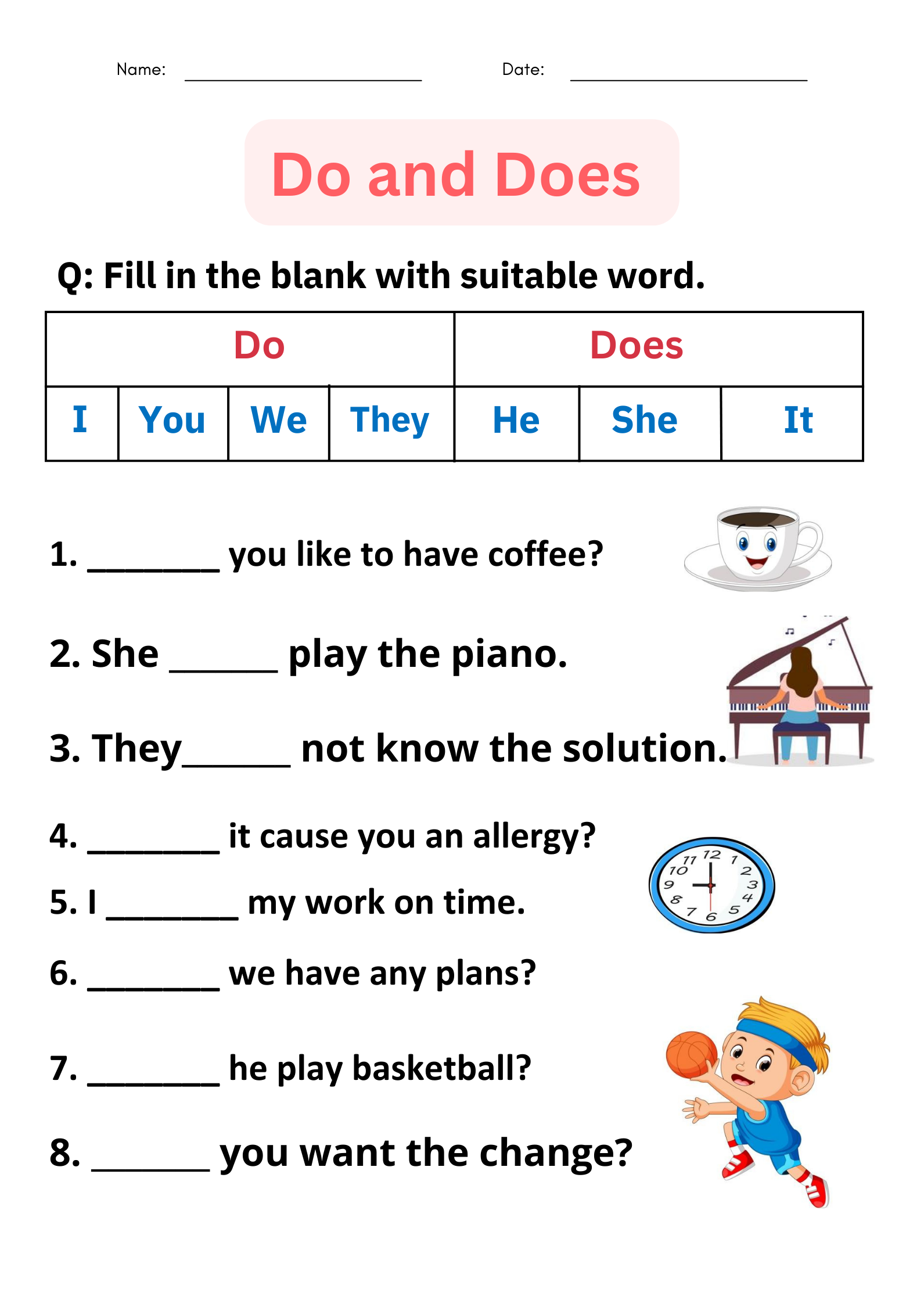How Often Should a Family of Two Pump Their Septic Tank? Essential Guidance, Real-World Advice, and Actionable Steps
Understanding Septic Tank Pumping Frequency for a Two-Person Household
Septic systems require regular maintenance to function effectively, prevent costly repairs, and protect environmental health. For families of two, determining how often to pump the septic tank involves several considerations, including tank capacity, water usage, waste input, and the age of the system. Neglecting scheduled pumping can lead to backups, system failures, and expensive emergency interventions. This guide provides comprehensive, actionable steps for homeowners seeking optimal septic health, with verified facts and step-by-step instructions for accessing professional services.
Key Factors That Affect Pumping Frequency
The recommended septic tank pumping interval for a family of two typically ranges from every 3.5 to 7.5 years, depending on the tank size. For example, a 1,000-gallon tank serving two occupants would need pumping approximately every 5.2 years, though this can vary based on usage patterns and system age [1] . Larger tanks or lower water usage may extend intervals, while older tanks or frequent use of garbage disposals may necessitate more frequent service.
The main variables include:
- Tank Capacity: Smaller tanks fill up faster and require more frequent pumping.
- Household Size: More occupants increase wastewater and solid waste volume, but for two people, intervals are longer than for larger families [3] .
- Water Usage: High water use (e.g., frequent laundry, leaks, running toilets) can decrease the recommended interval.
- Waste Input: Use of garbage disposals, flushing non-biodegradable items, or disposal of grease and chemicals increases solids accumulation.
- System Age: Older tanks or pre-regulation installations may need more frequent pumping due to wear and decreased retention capacity [1] .
Recommended Pumping Schedules and Examples
Industry guidelines and regulatory agencies offer clear pumping intervals based on household size and tank capacity. For a two-person family:

Source: plumbingnav.com
- 1,000-gallon tank: Pump every 5.2 to 7.5 years.
- 1,250-gallon tank: Pump every 7.5 years [2] .
- 1,500-gallon tank: Pump every 9 years.
- Older tanks or those with heavy use: Pump every 2-5 years [3] .
It’s important to note that these are averages. If you experience increased water use, host frequent guests, or have a tank older than 20 years, you may need more frequent service [4] .
How to Access Septic Tank Pumping Services
Locating licensed septic professionals is crucial for proper maintenance. Follow these steps to book a pump-out:
- Search online for “licensed septic tank pumping services” in your county or state. Prioritize companies with strong ratings, established histories, and clear licensing.
- Contact your local health department or environmental agency for a list of approved providers. For example, San Diego County homeowners can reach out to the Department of Environmental Health, Land and Water Quality Division at (858) 565-5173 for guidance [2] .
- Ask about service schedules, inspection protocols, and costs. Many providers offer regular maintenance plans tailored to your household size.
- Verify that the company follows local regulations and waste disposal standards.
For homes outside major metropolitan areas, call your county health department or search for “septic tank pumping [your county name]” for local options. Avoid unlicensed or uncertified contractors.
Practical Maintenance Tips for Septic Longevity
Regular pumping is only one part of septic system care. Adopt these best practices to extend intervals and prevent damage:
- Conserve water usage by fixing leaks, installing low-flow fixtures, and spreading laundry loads throughout the week.
- Avoid flushing non-biodegradable items (wipes, feminine products, plastics, kitty litter) and limit use of garbage disposals.
- Schedule routine inspections every 2-3 years to check for leaks, root intrusion, or tank aging [4] .
- Keep records of pumping dates and inspection results to track system health.
Homeowners who maintain these habits often extend the life of their systems and reduce emergency repair costs.
Examples and Case Studies
Consider a retired couple living in a three-bedroom home with a 1,000-gallon septic tank. They use minimal water and rarely cook at home. According to expert guidelines, their tank might only need pumping every 6-7 years [3] . In contrast, a family of two running a home-based laundry business would need to pump every 2-3 years due to higher wastewater input.
Another example: Homeowners who delay pumping for over a decade often face severe system backups, lawn flooding, and expensive repairs. Regular maintenance saves money and protects property values.
Potential Challenges and Solutions
Some common obstacles include:
- Uncertainty about tank location or size: If you don’t know your tank’s specifications, request an inspection from a licensed septic professional.
- Unexpected costs: Pumping fees vary, but you can request estimates and compare providers. Some offer discounted rates for scheduled maintenance.
- System age and condition: Older tanks may need repairs or replacement. Schedule regular inspections to detect issues early.
To avoid emergencies, maintain a clear record of previous pump-outs and inspections. If your home’s system pre-dates current regulations, follow a more conservative pumping schedule.
Step-by-Step Guide to Scheduling Septic Tank Pumping
- Determine your tank size (check property records, inspection reports, or ask a professional).
- Estimate your household’s typical water use and consider any factors that might increase input (guests, home businesses).
- Contact your local health department or environmental agency for recommended service intervals and a list of licensed contractors.
- Book an initial inspection if your last pump-out date is unknown or you suspect issues.
- Request quotes from at least two providers and ask about maintenance plans.
- Schedule pumping according to recommended intervals and keep documentation for future reference.
Alternative Approaches and Additional Guidance
Some homeowners opt for annual inspections, especially if their property is prone to groundwater intrusion or if the tank is older than 20 years. Others join neighborhood maintenance programs for discounted rates and scheduled service. If uncertain, err on the side of caution and pump more frequently.
If you experience slow drains, sewage odors, gurgling pipes, or wet spots in your yard, contact a licensed septic professional immediately for inspection. Emergency pump-outs are more expensive than scheduled service.

Source: bbbseptic.com
Summary and Key Takeaways
For a family of two, septic tank pumping is generally required every 5-7 years for standard tanks, though usage patterns and system age may shorten this interval. Regular maintenance, water conservation, and responsible waste disposal are essential for system health. Always use licensed contractors and consult your local health department for approved service providers. Keep thorough records and schedule inspections as needed for peace of mind and property protection.
References
- [1] Montgomery County, PA (2023). Septic Tank Pumping Frequency Table.
- [2] San Diego County Department of Environmental Health (2022). Septic Tank Pumping Chart.
- [3] Johnson Septic Service (2023). Factors for Septic Tank Pumping Frequency.
- [4] Penn State Extension (2023). Septic Tank Pumping Guidelines.
MORE FROM mumsearch.com













